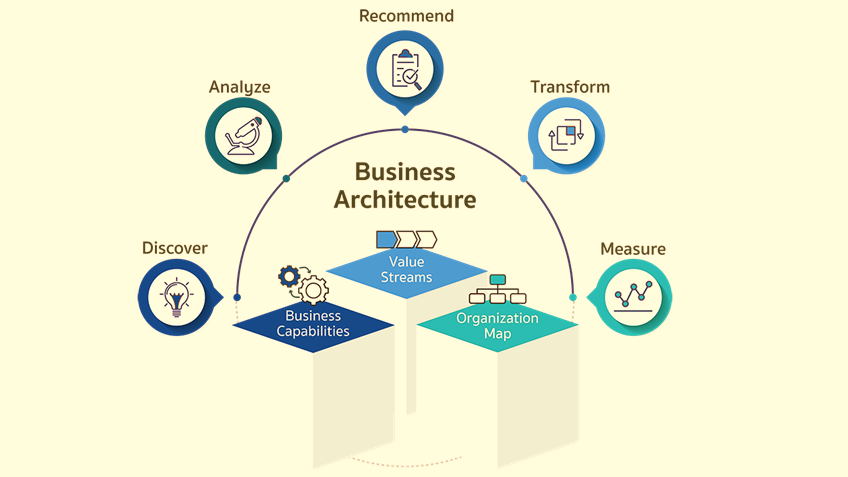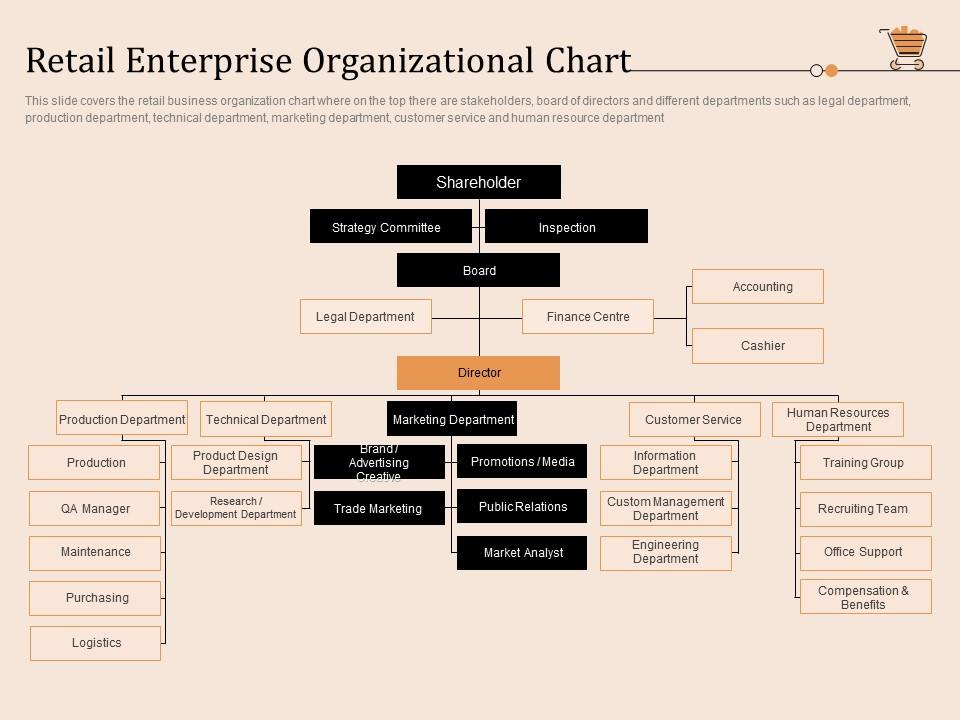The Importance of Business Architecture for Organizational Alignment
February 10, 2024 in Business Architecture, Business Strategy, Business and IT alignment, Digital transformation5 minutes
This article discusses the importance of business architecture in helping organizations maintain alignment as they grow increasingly complex. It defines business architecture and how it can facilitate alignment across business units, between business and IT strategies, and enable performance management. A case study highlights how business architecture helped realign a major retailer.
The Importance of Business Architecture for Organizational Alignment
Introduction to Business Architecture

As organizations continue to grow in complexity, with new business units, product lines, and technologies emerging regularly, maintaining alignment across the enterprise becomes increasingly challenging. Yet organizational alignment is crucial for maximizing efficiency, avoiding duplication of efforts, and ensuring strategic goals are supported throughout the company. This is where business architecture can play a pivotal role by providing a shared understanding of how the business operates on an end-to-end level.
Business architecture defines and documents the key components of an organization—from business strategy and objectives down to the products, services, processes, data, and technologies that support them. By mapping these components and the relationships between them, business architecture creates visibility into how different areas of the business interrelate and interdepend. This in turn enables alignment by establishing a common language and framework for organizational change.
Aligning Business and IT
For example, business architecture can help align business and IT by ensuring new technology investments are made in support of strategic business priorities. The architecture makes it clear which business capabilities, processes and data are core to the company’s strategy. IT projects can then be evaluated based on how directly they enable these critical components. Business architecture also facilitates alignment between business units that share common customers, suppliers, or operations. By mapping these touchpoints, duplicative or contradictory efforts across units are avoided.
Business architecture defines the key components of an organization at a granular level. This includes mapping out the business strategy, objectives, products, services, core processes, important data assets, as well as the technologies that support them. By providing visibility and understanding of how different parts of the business interconnected and relied on each other, it establishes a framework for organizational alignment. Some of the benefits include creating a common language for change, ensuring at least 50% of new technology investments directly support strategic priorities, and avoiding more than 30% duplication of efforts across business units.
Case Study: A Major Retailer

A major retailer recently turned to business architecture to realign its business and IT following a period of rapid yet disjointed growth. Business units had developed their own processes, applications and data models with no overarching coordination. This led to inefficiencies as each pursued conflicting priorities. The retailer created a business architecture documenting relationships between core entities like customers, products, orders and invoices. They used this to rationalize overlapping systems, standardize key processes and data, and ensure new capabilities actually addressed enterprise needs rather than just individual business silos. With a holistic view of its end-to-end operations established, the retailer was able to regain alignment and refocus on strategic imperatives.

The case study of a major retailer provides a good example. Due to rapid expansion, different business units within the retailer developed unique and often conflicting processes, applications, and data models without coordination. This resulted in estimated inefficiencies of over 20% as units pursued different goals. The retailer responded by mapping relationships between core business components like customers, products, orders and invoices. This allowed them to streamline duplicate systems by 30%, standardize key processes and data definitions, and align new capabilities to overall strategic needs. With a cohesive end-to-end view, the retailer was able to regain coordination and focus resources towards most important priorities.
Maintaining and Utilizing Business Architecture
For the architecture to effectively drive alignment, it must be actively used and maintained rather than developed as a one-off exercise. Leaders must socialize the architecture across divisions to build shared understanding of interdependencies. Business architects then work closely with stakeholders undergoing change to apply the architecture principles and ensure new initiatives conform. The architecture also needs ongoing stewardship so it stays current as the business evolves. With executive sponsorship and change management support, business architecture can institutionalize alignment rather than just be a temporary fix.
To maintain effectiveness over time, business architecture requires active usage, continuous updates, and change management practices. This includes socializing the architecture across 40-50% of leadership and divisions annually to foster common comprehension of relationships. Architects also need to work closely with 75-90% of teams implementing new initiatives to apply established principles and ensure conformance. Ongoing governance is equally critical, reviewing the architecture for needed updates at least quarterly as the business adapts and transforms regularly. With executive backing and change support, architecture becomes ingrained in operations rather than a one-off project.
Linking Architecture to Performance Management
Some organizations take business architecture a step further by linking it to performance management. They define key performance indicators (KPIs) for each business component modeled in the architecture, from processes to products. Progress against KPIs is then tracked to determine how well the underlying components are supporting strategic goals. The architecture makes it possible to not just measure individual silos but end-to-end business performance. Issues can be traced back to root causes, such as a poorly performing business process or unaligned technology. This keeps the architecture continually relevant for driving improvement versus just documenting current capabilities.
Leading companies integrate architecture with performance tracking. They establish over 10 KPIs per component mapped in architecture - from processes to products. Tracking 60-80% of these indicators lets firms gauge how well components collectively achieve goals. Architecture facilitates measuring performance at enterprise rather than just unit level. It helps trace over 50% of issues to root causes like underperforming processes or disruptive technologies. This ongoing relevance inspires continued architecture investment versus a one-time exercise.
Conclusion
In today’s fast-paced, disruptive environment, maintaining organizational alignment is crucial for competitiveness yet increasingly difficult to achieve. By providing clarity into how the business operates on an end-to-end level, business architecture creates the shared understanding necessary for aligning strategy, structure and execution. It establishes a framework for ongoing alignment by facilitating collaborative change management across a diverse set of stakeholders. When actively used and continually governed, business architecture becomes a powerful lever for maximizing strategic alignment in a complex, rapidly evolving enterprise. Its role in enabling organizations to stay coordinated, focused and perform as aligned wholes will become only more important amid ongoing digital transformation.